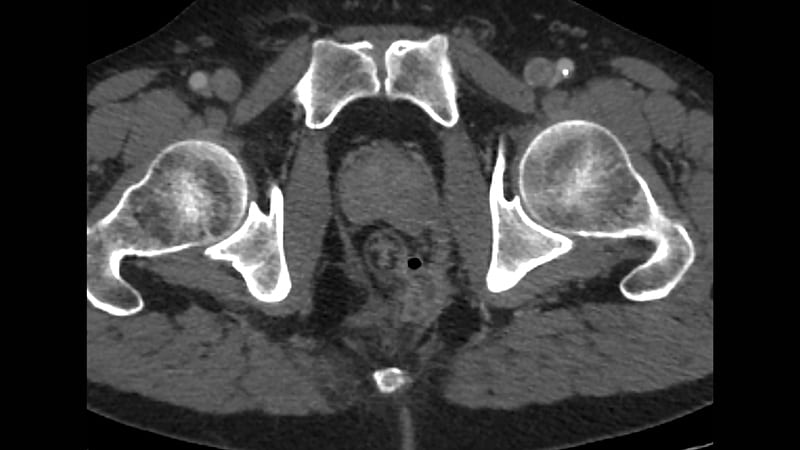[ad_1]
TOPLINE:
After the Centers for Medicare & Medicaid Services established higher reimbursement for the repair of anterior abdominal hernias that are ≥ 3 cm, the percentage of hernias documented as smaller than that threshold decreased from 60% to 49.3%, data from Michigan showed.
METHODOLOGY:
- Researchers analyzed cases from a clinical hernia registry representing nearly 90% of hospitals in Michigan.
- The analysis included 9387 ventral and incisional hernia repairs performed between January 1, 2022, and December 31, 2023; 49.9% of the repairs occurred before the rate change in 2023, and 50.1% occurred after the new payment took effect.
- Patients were an average age of about 55 years, and 43.3% were women. Patients treated before the coding change and those treated after did not significantly differ by age, sex, race, insurance status, surgical approach, or rate of hernia incarceration.
- Trained nurse abstractors determined hernia size from operative notes.
TAKEAWAY:
- Before the coding change, 60% of hernias were smaller than 3 cm compared with 49.3% of hernias after the change (P
- Interrupted time series analysis showed a significant decrease in the proportion of repairs involving hernias smaller than 3 cm after the new rule took effect.
IN PRACTICE:
Surgeons might have been underestimating the size of hernias, and the coding change “may have induced surgeons to be more precise in measuring and documenting hernia size,” the researchers wrote.
Alternatively, “the coding change may have induced surgeons to overestimate hernia size, either consciously or unconsciously,” they reported. “Ambiguous tasks, such as measuring hernia size, can be conducive to perceptive bias and potentially even dishonest behavior, perhaps more so with financial incentives at play.”
SOURCE:
Dana A. Telem, MD, MPH, with the University of Michigan in Ann Arbor, was the corresponding author for the study. The findings were published online on January 16 in JAMA.
LIMITATIONS:
The study was observational and relied on data from a single state.
DISCLOSURES:
Two of the researchers disclosed grants from the National Institute of Diabetes and Digestive and Kidney Diseases, and another disclosed consulting for AbbVie. The registry data came from the Michigan Surgical Quality Collaborative, which is supported by Blue Cross Blue Shield of Michigan.
This article was created using several editorial tools, including AI, as part of the process. Human editors reviewed this content before publication.
[ad_2]
Source link : https://www.medscape.com/viewarticle/did-reimbursement-rule-influence-how-surgeons-size-hernias-2025a10003qr?src=rss
Author :
Publish date : 2025-02-13 09:50:02
Copyright for syndicated content belongs to the linked Source.
